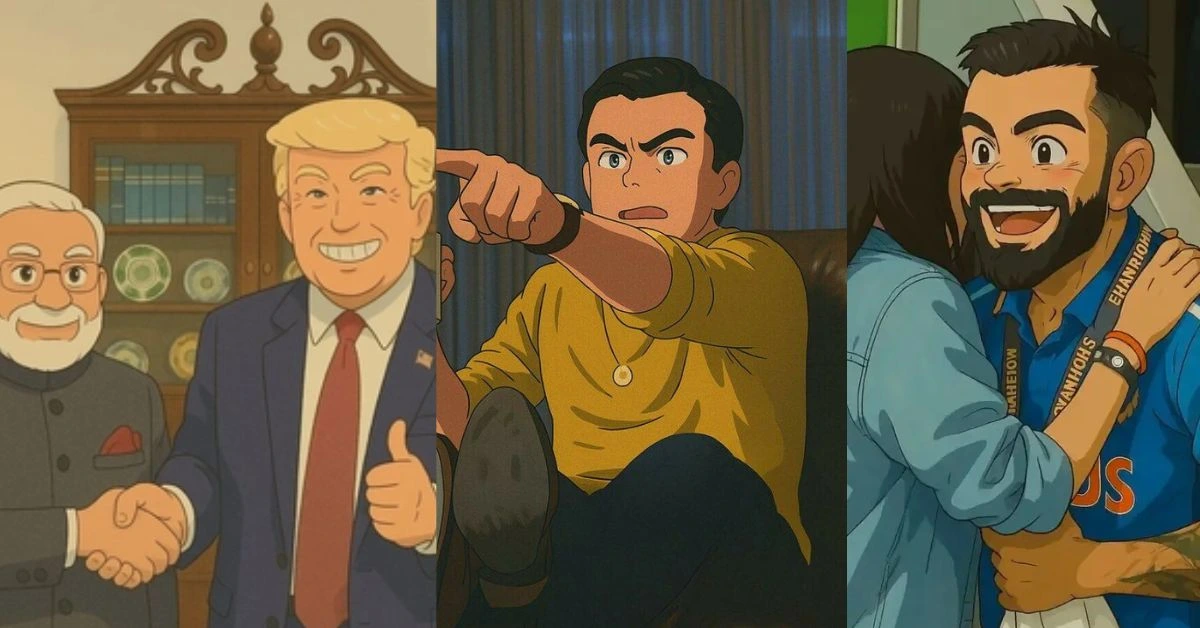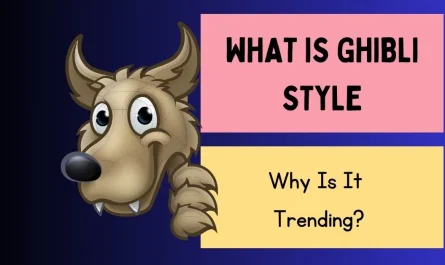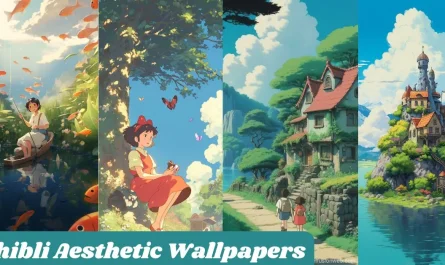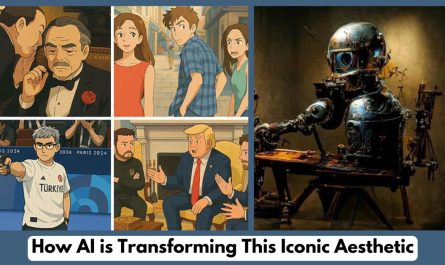The enchanting worlds and beloved characters of Studio Ghibli have captivated hearts globally for decades, inspiring countless artists to pay homage through fan art. Now, a new player has entered the artistic arena: Artificial Intelligence.
AI image generators can conjure breathtaking Ghibli-esque landscapes and reimagine iconic characters with novel stylistic interpretations, blurring the lines between human creativity and algorithmic artistry. This raises a crucial question: where does fan art generated by AI stand in the eyes of copyright law, and is it simply a beautiful tribute or a potentially problematic infringement?
The Murky Waters of Fan Art and Copyright
The legal landscape surrounding fan art, even created by human artists, is often a grey area. Copyright law grants creators exclusive rights to their original works, including the right to create derivative works. Fan art, by its very nature, borrows heavily from existing copyrighted material – the characters, settings, and overall aesthetic of Ghibli films.
While many copyright holders, including Studio Ghibli in the past, have generally adopted a tolerant stance towards non-commercial fan creations, this doesn’t automatically grant legal carte blanche. The line often lies in whether the fan art significantly copies the original work to the detriment of the copyright holder’s potential market or licensing opportunities.
AI Enters the Frame: A New Layer of Complexity
The introduction of AI adds another layer of complexity. AI image generators are trained on vast datasets of images, which inevitably include copyrighted material. When a user prompts an AI to create “Ghibli-style art” or depict a specific Ghibli character, the AI draws upon the patterns and styles it has learned from this data.
Legally, the question becomes: does the output generated by the AI constitute a derivative work that infringes upon Studio Ghibli’s copyright? Current legal frameworks are still grappling with how to define authorship and ownership in the context of AI-generated art. Is the “creator” the user who provided the prompt, the developers who trained the AI, or the AI itself?

Different legal jurisdictions are taking varying approaches. Some argue that the user’s creative input through the prompt is sufficient to establish authorship, while others emphasize the AI’s role in the generative process. Furthermore, the extent to which the AI’s output directly copies or substantially resembles the original Ghibli works will likely be a key factor in determining infringement.
If an AI simply adopts the general stylistic elements of Ghibli animation but creates entirely new characters and scenes, it might be argued as transformative use. However, if the AI generates near-identical copies of existing Ghibli characters or scenes, the risk of copyright infringement is significantly higher.
Beyond Legality: The Ethical Considerations
Beyond the legal intricacies, there’s also the ethical consideration. While AI-generated Ghibli fan art can be visually stunning and offer unique interpretations, some argue that it lacks the human element, the passion, and the personal connection that traditional fan art embodies.
The act of a human artist painstakingly recreating a beloved scene or character is often seen as a genuine expression of admiration. AI, on the other hand, produces art based on algorithms and data, potentially raising questions about authenticity and artistic intent.
The Unfolding Future: Legality and Beauty in the Age of AI
Ultimately, the legality of AI-generated Ghibli fan art remains uncertain and will likely be shaped by future legal precedents and the evolving interpretations of copyright law in the age of artificial intelligence. For now, while the output can be undeniably beautiful and a testament to the power of AI, creators and enthusiasts should be mindful of the potential legal and ethical implications.
Respecting the intellectual property of creators like Studio Ghibli is paramount, and erring on the side of transformative use and non-commercial purposes is likely the safest approach. As AI continues to evolve and its role in creative fields expands, a clearer understanding of its legal boundaries will be crucial for both artists and copyright holders alike.



